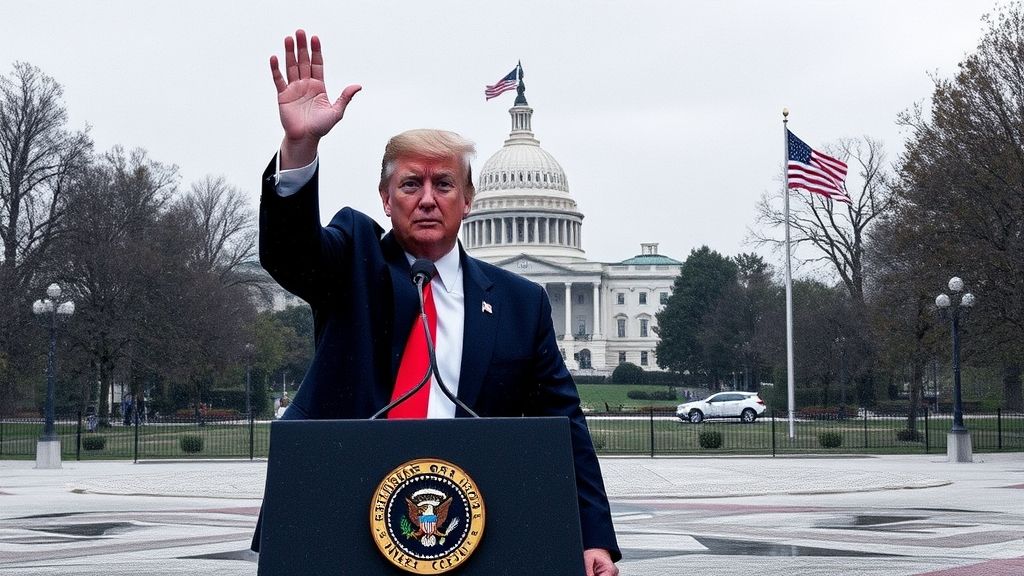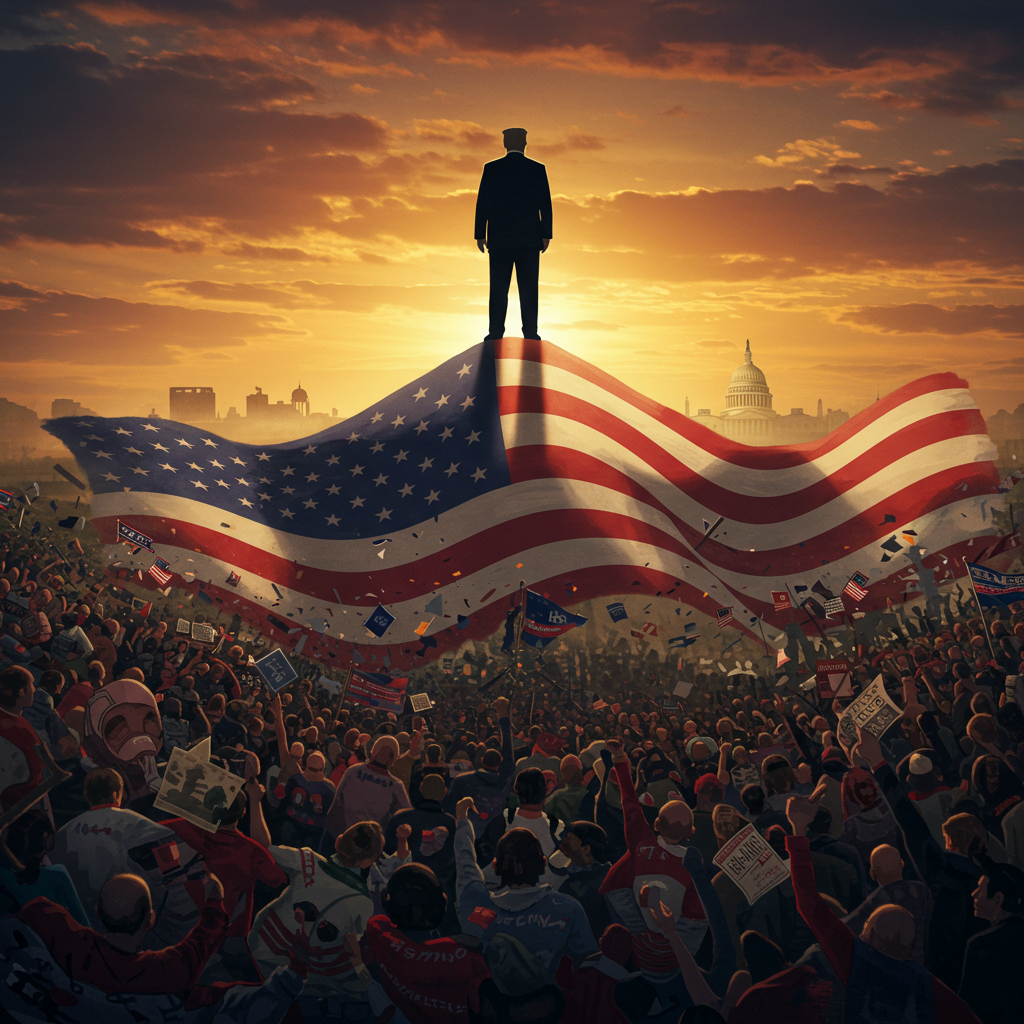A government shutdown, a recurring specter in American politics, often conjures images of furloughed federal workers and halted services. However, beyond the immediate disruption, a shutdown can also serve as a potent, albeit unintended, tool for a president, particularly one as adept at leveraging crises as Donald Trump. Understanding the dynamics of such a stalemate reveals how a government shutdown can paradoxically imbue the executive branch with enhanced leverage and political power.
The Leverage of a Standoff
The core of a government shutdown’s power lies in its ability to create a national crisis that demands resolution. When essential government functions cease, the public pressure to end the impasse intensifies. This pressure typically falls on the shoulders of the president and Congress to find a compromise. For a president like Donald Trump, who thrives in confrontational environments and excels at shaping public narratives, this crisis becomes an opportunity to dictate terms.
Consider the funding for a border wall, a signature policy of the Trump administration. During previous shutdown threats, Trump explicitly linked the wall’s funding to budgetary appropriations, creating a non-negotiable demand. When Congress refused, he was able to frame the ensuing shutdown as a failure of legislative will, rather than his own inflexibility. This narrative allows him to position himself as the sole advocate for a popular policy, pushing lawmakers into a corner. The public, witnessing the disruption and hearing the president’s repeated calls for his priority, may begin to view his demands with greater sympathy, especially if he effectively communicates his vision.
Furthermore, a shutdown can shift the focus of political discourse. Instead of debates on policy substance, the conversation becomes about the immediate need to reopen the government. This can allow a president to bypass difficult legislative hurdles and directly appeal to the public, framing his demands as essential for national security or economic well-being. The media’s inevitable focus on the shutdown’s consequences amplifies his message, giving him a platform to rally his base and potentially sway undecided voters.
Executive Actions and Expanded Authority
Beyond direct negotiation, a government shutdown can inadvertently empower the executive branch through the necessity of maintaining minimal operations. While many non-essential government functions grind to a halt, essential services, such as national security, law enforcement, and air traffic control, continue under emergency authorities. This necessity can lead to an increased reliance on presidential directives and executive orders to manage these ongoing operations.
For instance, in situations involving national security, a shutdown might prompt the president to make unilateral decisions regarding troop deployments or intelligence operations, as these are deemed critical and are thus funded through emergency exceptions. While these actions are technically within existing executive authority, the heightened sense of urgency and the lack of congressional oversight during a shutdown can lead to their more expansive application. Trump, in particular, has demonstrated a willingness to utilize executive orders to circumvent legislative gridlock on issues like immigration or trade, and a shutdown can provide a plausible justification for even more assertive executive action, framed as indispensable for continuity of government.
The Bureaucratic Vacuum
During a shutdown, legislative oversight diminishes significantly. Congressional committees are less active, hearings are canceled, and the usual scrutiny of executive branch actions is curtailed. This vacuum can allow the executive branch to operate with a greater degree of autonomy. Without the constant pressure of congressional oversight, departments and agencies might find it easier to implement policies or reallocate resources in ways that align with the president’s agenda, albeit within legal boundaries. This can be particularly advantageous for a president seeking to push through controversial initiatives or reshape federal policy without the usual checks and balances.
Real-World Precedents and Implications
The 2018-2019 government shutdown, the longest in U.S. history, over funding for a border wall serves as a stark example. While it ultimately ended without the full funding Trump sought, the shutdown significantly elevated the border security issue in the national conversation. Trump utilized the shutdown to repeatedly broadcast his message on the necessity of the wall, galvanizing his supporters and forcing Democrats to engage with his demands.
More recently, during potential shutdown threats, discussions often revolve around which agencies or programs would be most impacted, and how a president might use emergency powers. This understanding allows for a more strategic approach to negotiations. For a president like Trump, the goal is not necessarily to achieve every initial demand but to emerge from the crisis with a strengthened political position, having demonstrated unwavering commitment to his core principles.
In conclusion, while government shutdowns are disruptive and can have negative economic consequences, they can also serve as a peculiar amplifier of presidential power. By creating a crisis that demands resolution, a president can leverage public pressure, shape the narrative, and potentially expand executive authority. For Donald Trump, a leader who has historically thrived in conflict, the prospect of a government shutdown represents not just a challenge, but a strategic opportunity to consolidate his political capital and advance his agenda. Citizens and lawmakers alike must understand these dynamics to navigate future budgetary battles more effectively.



